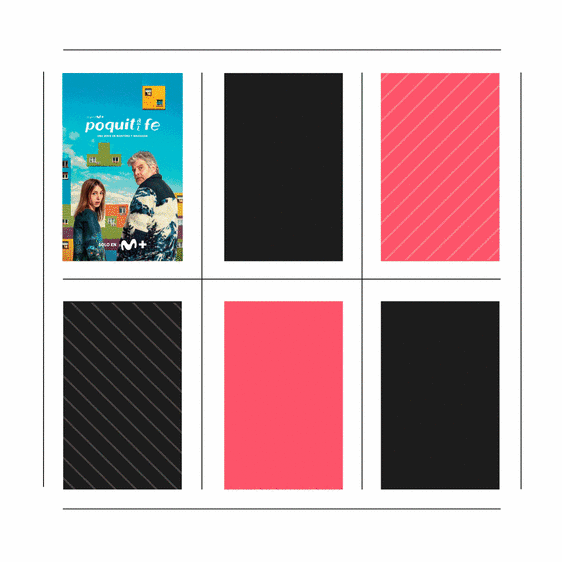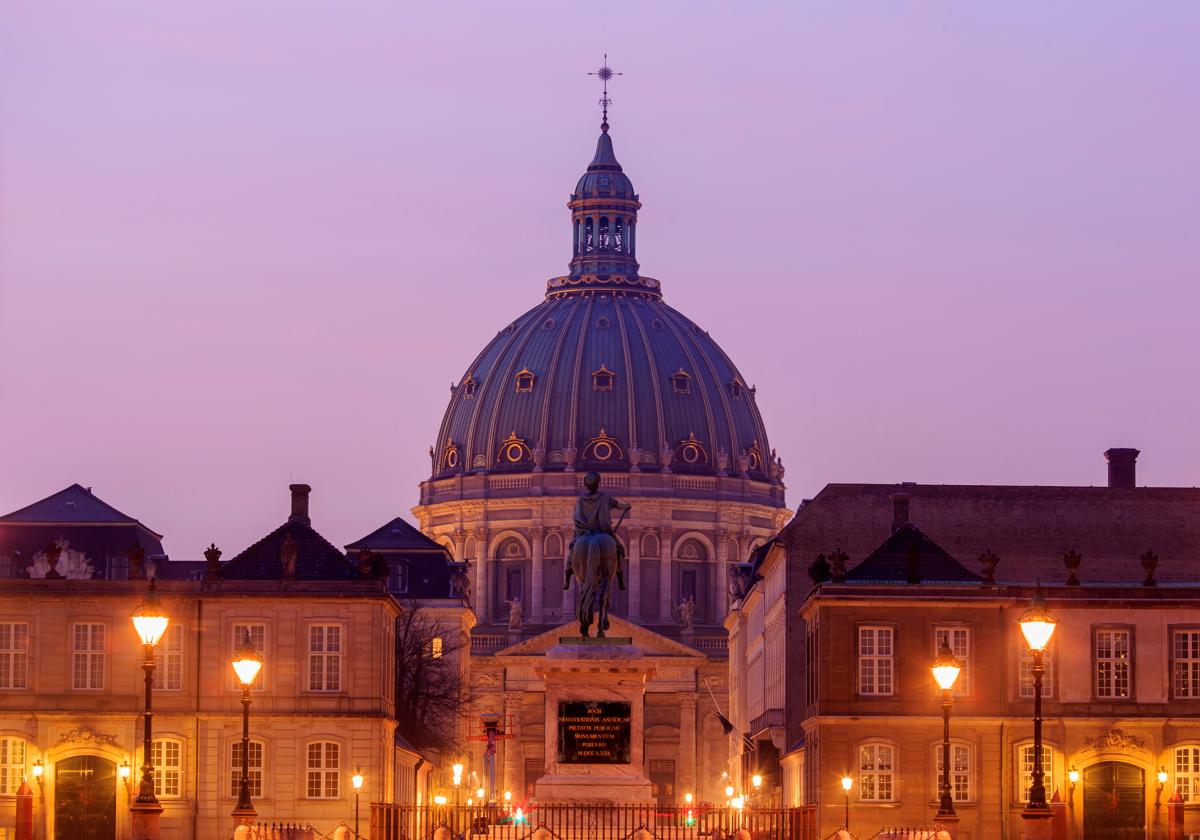Scandinavian city life and cultural rituals
The Scandi aesthetic has taken over social media in terms of fashion, interior design and, above all, lifestyle. Find out why in a trip that bridges two countries in under an hour of travel
Emma Blanch
Friday, 27 June 2025, 10:45
Renowned for its high quality of life, focus on sustainability and relaxed pace, Scandinavia is not only one of the best places to live, but also to travel. Copenhagen is currently ranked first in the Happy City Index due to its commitment to the environment, education and healthcare. Its residents are some of the happiest in the world and this is evident in the laid back atmosphere - an energy which spreads across to Sweden and rubs off on tourists as well as long-term residents.
Capital of Denmark, Copenhagen is a cosmopolitan paradise. There’s a reason why in recent years it has become an interrailing and city-breaking tourist destination. The city - set up around canals and rivers leading to the Baltic - is strategically located just 15 minutes away from airport. Among the range of tourist favourites: the most popular location is Nyhavn - a canal lined with traditionally colourful Danish townhouses dating back to the 17th century. But Copenhagen has much more to offer than the picture-perfect canal for which the city is famed.
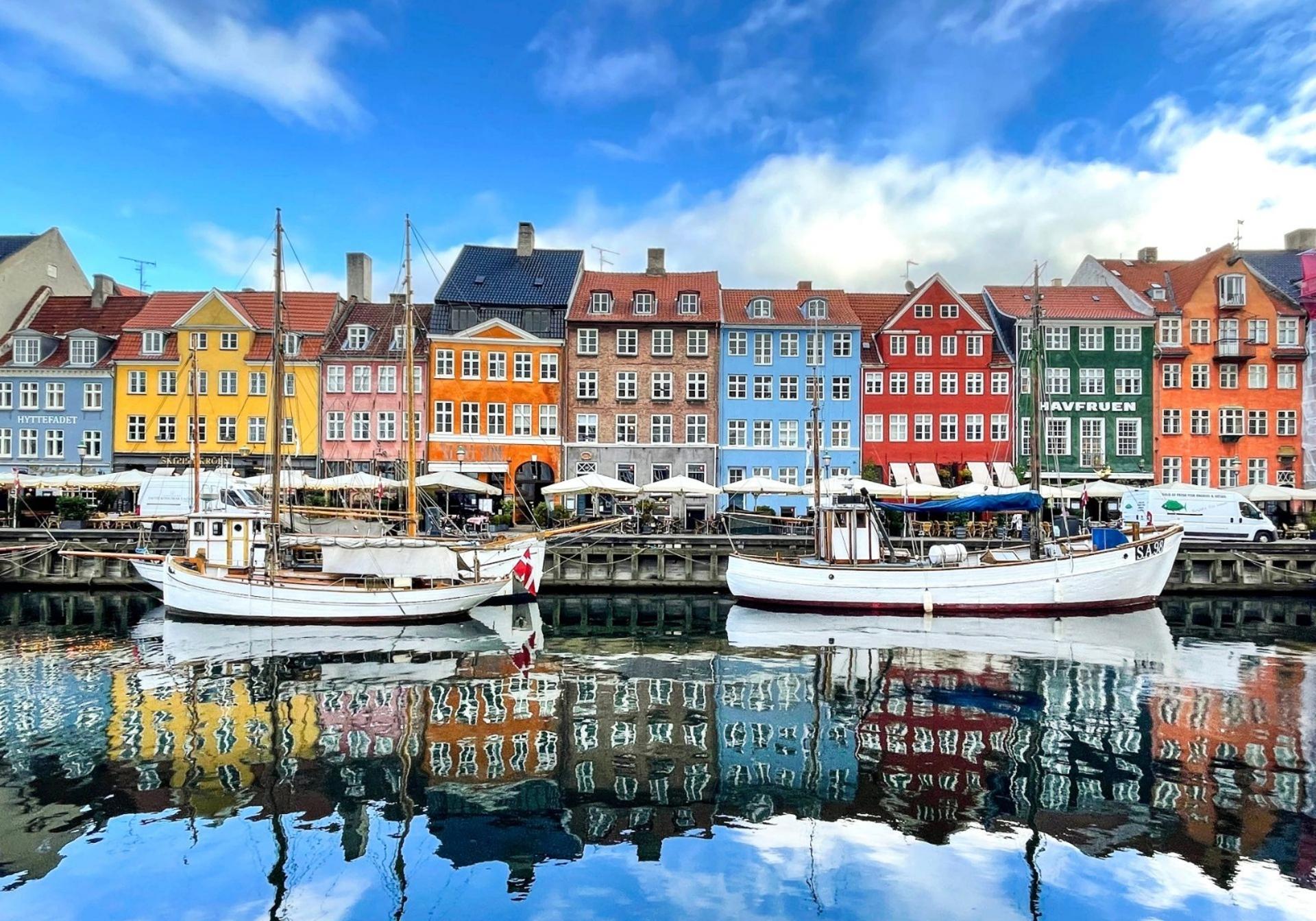
As the country’s capital, Copenhagen is home to the Danish royal family. Many tourists gather to watch the traditional changing of the guards outside the Amalienborg at midday in Palace Square. Similarly in Rococo style, Frederiks Kirke frames the square - also known as the marble church, for its ornate architecture. Further uncover Danish history in a visit to the Nationalmuseet. The museum spans the ages from prehistory and Vikings, right up to the modern day - as well as exhibiting related cultures through its colonial history.
A so-called cycling city, this is how to get around like a local and explore its varied districts in a short break. Travelling from ancient Rosenborg castle to the trendy Holmen district takes under 20 minutes by bike. The Holmen docks are home to food markets, waterside bars and sea views. Most notably Reffen - the largest street food market in Northern Europe - which has a variety of global food stalls, entertainment, games and hosts festivals throughout the year. A short cycle away is La Banchina - a waterside wine bar connected to a swimming spot and sauna - that encompasses the Scandinavia alfresco lifestyle.
A charm native to Denmark is the great appreciation for ‘hygge’ (cosiness), which explains their unique dining culture. Cafes and restaurants in the region are specifically designed with comfort in mind; candlelight, blankets, houseplants and warm lighting are staples in any Danish eatery.
The bridge to Sweden
Cross the Öresund bridge by train to arrive in Sweden’s third biggest city and Skåne County capital, Malmö. Among the top three biggest Swedish cities (preceded by Stockholm and Gothenburg), Malmö is acclaimed as the most cosmopolitan one. In the 1800s, it had the world’s largest shipyards - inviting a diverse and vibrant population to the city.
Wander through the old town to Lilla Torg (literally translated as little square) adorned with cobbled streets and beamed cottages. The square was a 16th-century marketplace, lined with fishmongers and greengrocers, now turned into cafes and handmade craft stalls.
The breadth of Malmö’s tourist offer spans the desires of any demographic of traveller; from shopping to nightlife, serene parks and beaches to historic monuments and museums. Malmö’s Konsthall is the largest exhibition space for contemporary art in Northern Europe. It offers a range of national and international artworks and is completely free of charge - reflecting the city’s view that art should be accessible to anyone. The castle, Malmöhus Slott, has served many purposes from its initial construction in the 1400s. From prison to granary to military base, it has transformed throughout the years and now houses a museum dedicated to the city. Within the walls of the 17th-century citadel, there are gorgeous gardens surrounding the picturesque windmill, all enclosed by its protective moat.
Ribersborg beach is a great place to escape the city. In keeping with the Swedish Eurovision entry, ‘Bara bada bastu’ (just sauna), Ribersborg Kallbadhus is an open-air bath house and sauna, across the pier from the beach. The tradition of cold plunging followed by the sauna may have become an international trend recently, but the ‘Nordic cycle’ dates back to the Viking era in this region. Ribersborgsstranden is also perfect to take in Malmö’s skyline, marked by the famous Turning Torso skyscraper.
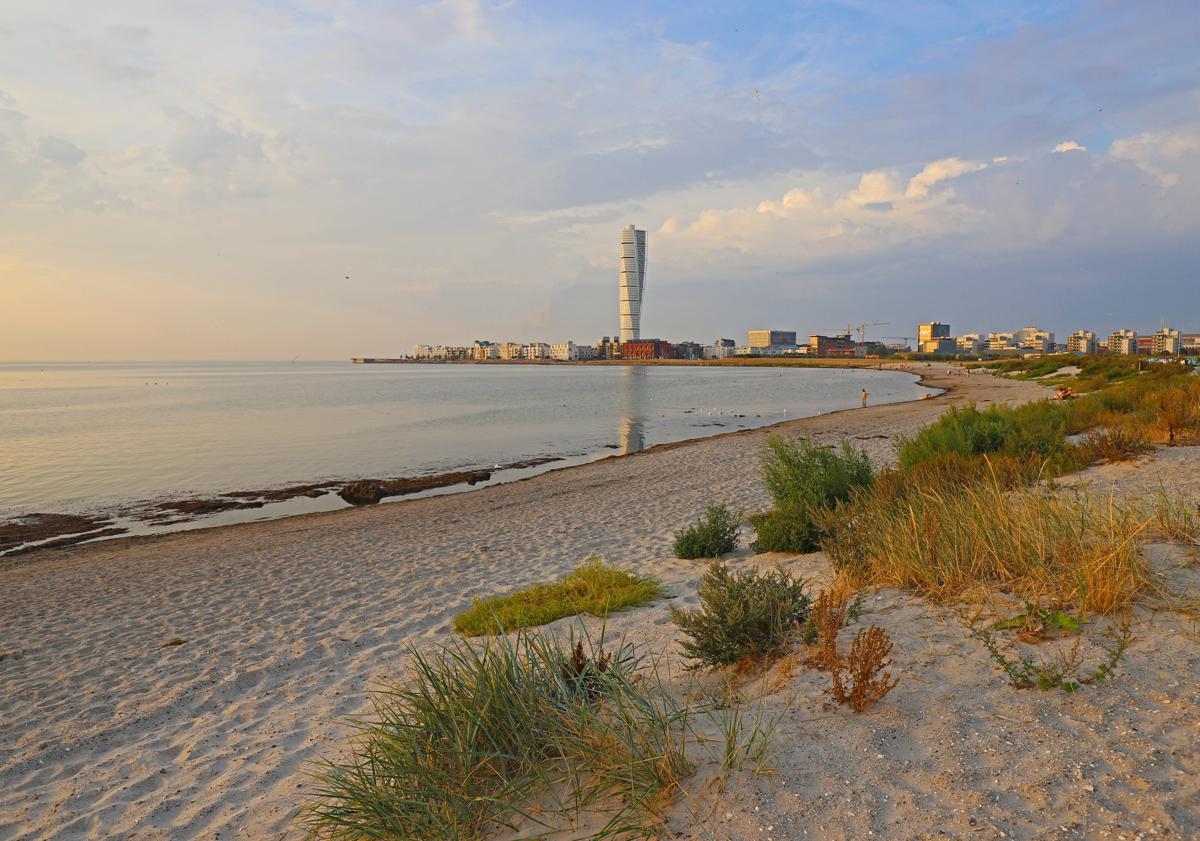
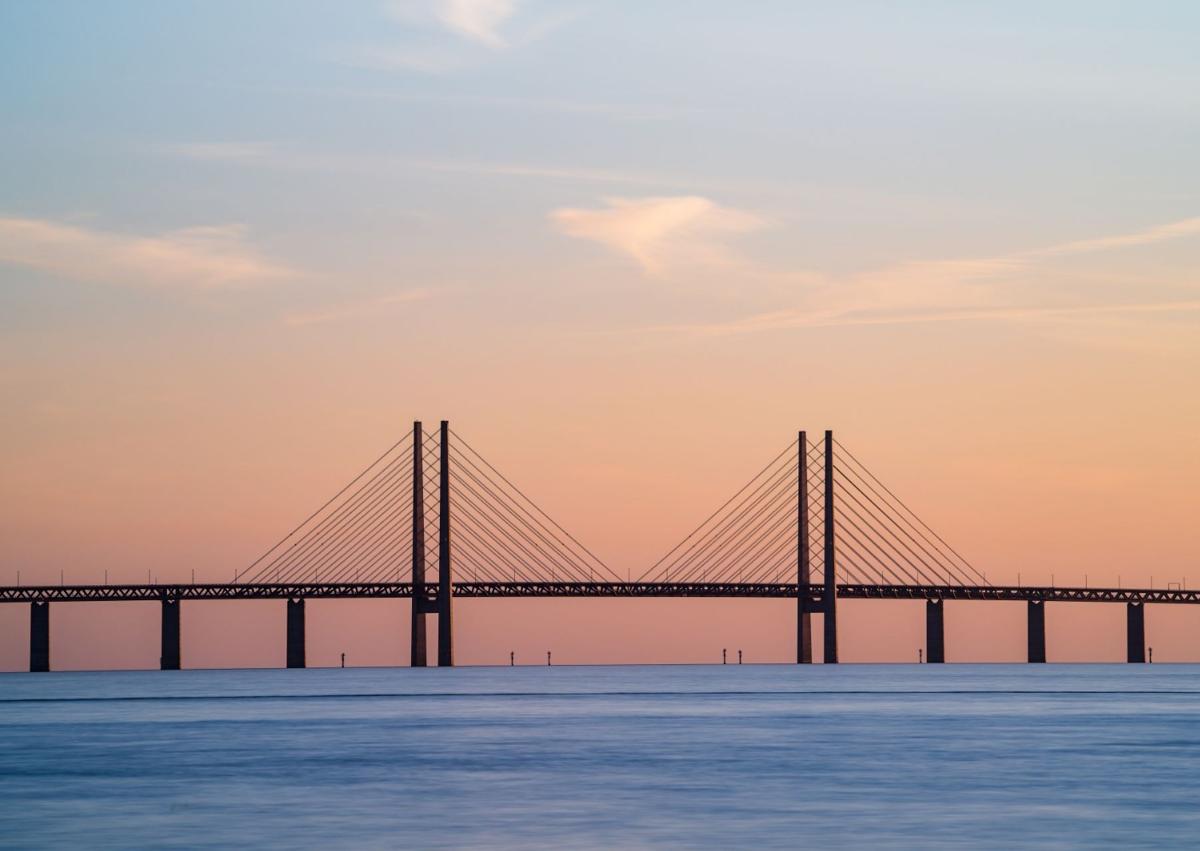
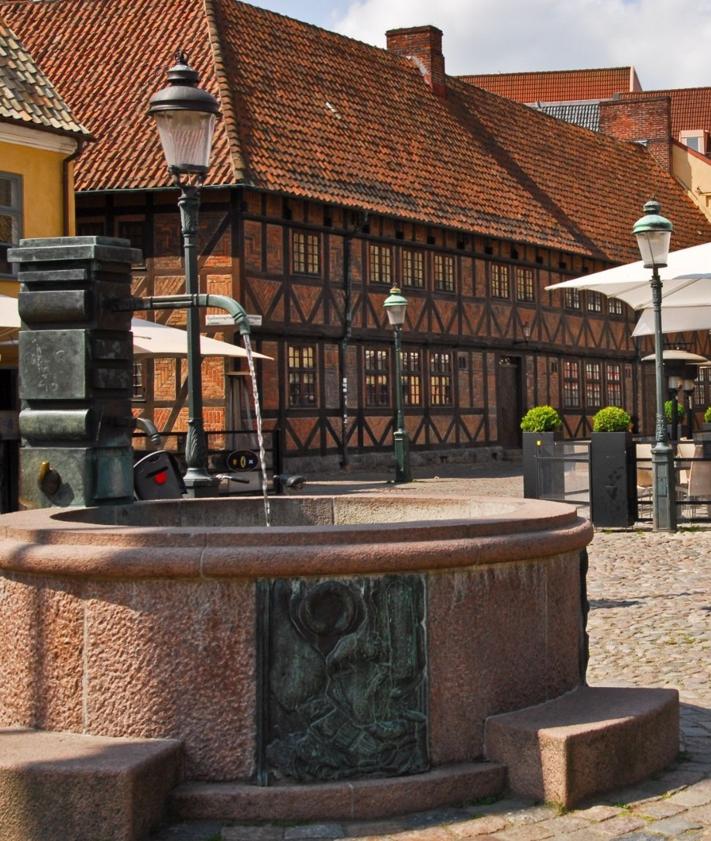
After working up an appetite exploring the city, Bullen is the place to refuel. An authentic Swedish restaurant which has been serving traditional Swedish cuisine since the 1800s. If Ikea meatballs are the extent of your Swedish palate, prepare to be surprised by the dishes served at Bullen.
One of the oldest cities in Swedish history
Just ten minutes from Malmö by train, lies one of Sweden’s oldest cities: Lund. Home to prestigious Lund University, founded in the 1600s, the city is bursting with student life.
Previously known as the city of churches, by the late middle ages Lund had at least 27 dotted around the town. Inaugurated in 1123, the central Cathedral is over 900 years old. Its Romanesque structure houses the famous Horologium Mirabile Lundense - an astronomical clock hung in the Cathedral dating back to the early 1400s. Visitors eagerly await its chime twice a day, when the wise men reach Mary and Jesus in the centre of the mechanism, encircled by zodiacs and lunar phases.
Across the Lundagård park from the Cathedral is the University Hall Auditorium. While the regal facade is stunning, the interior is the most impressive part. Its ornately decorated arches glimmer with the university colours of blue and gold - a truly magical venue for live concerts.
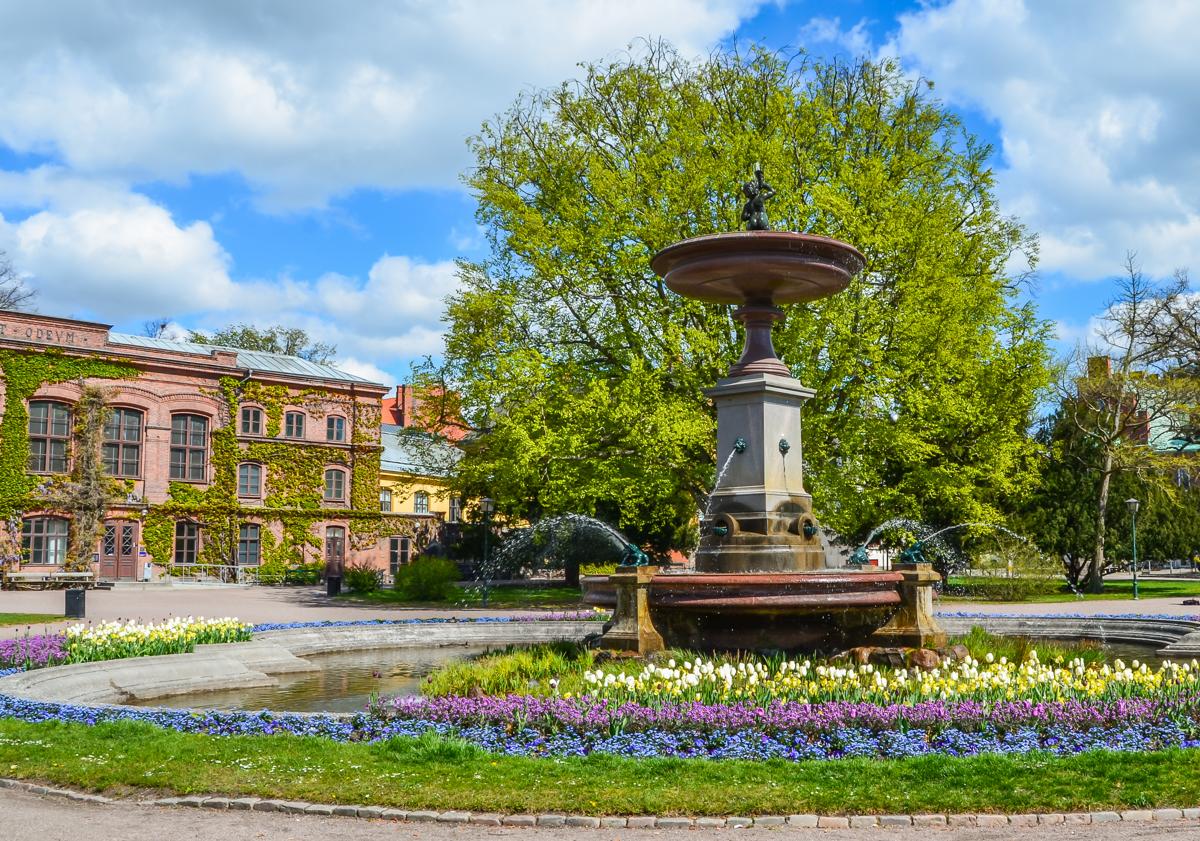
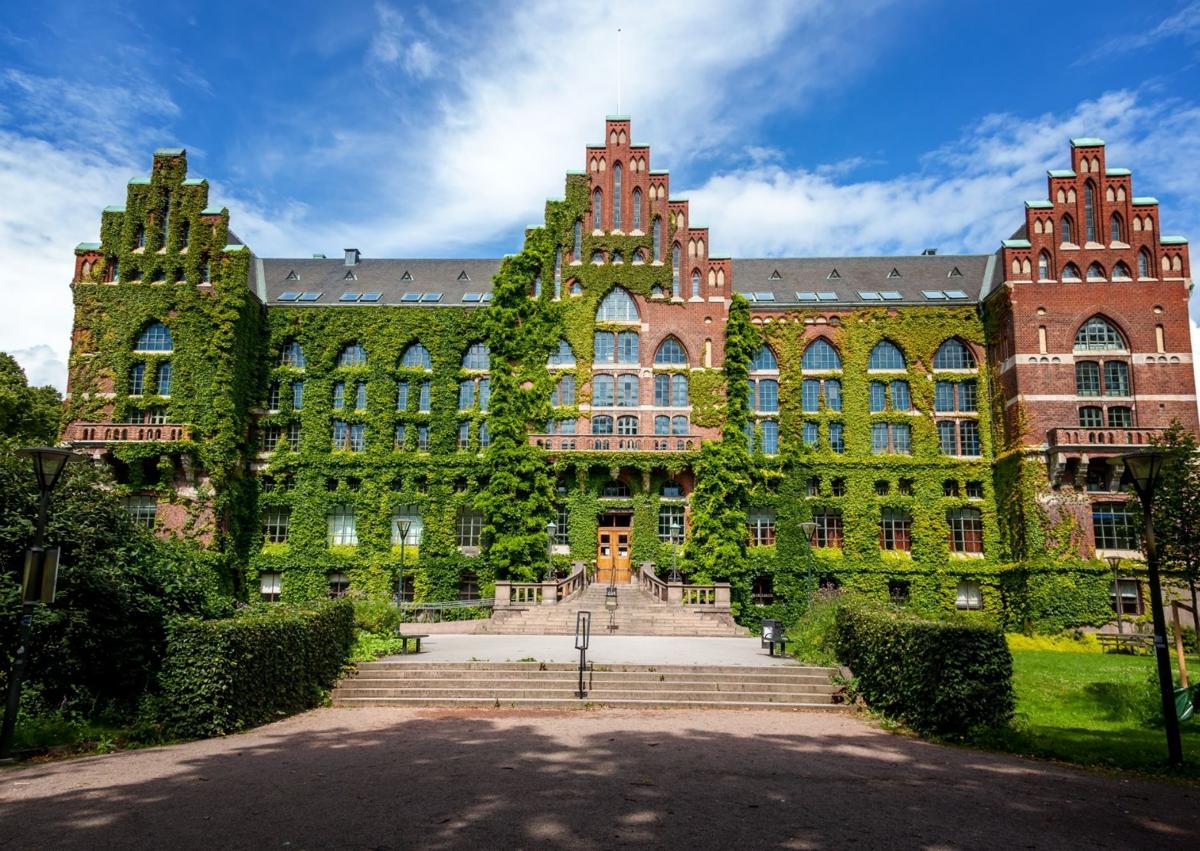
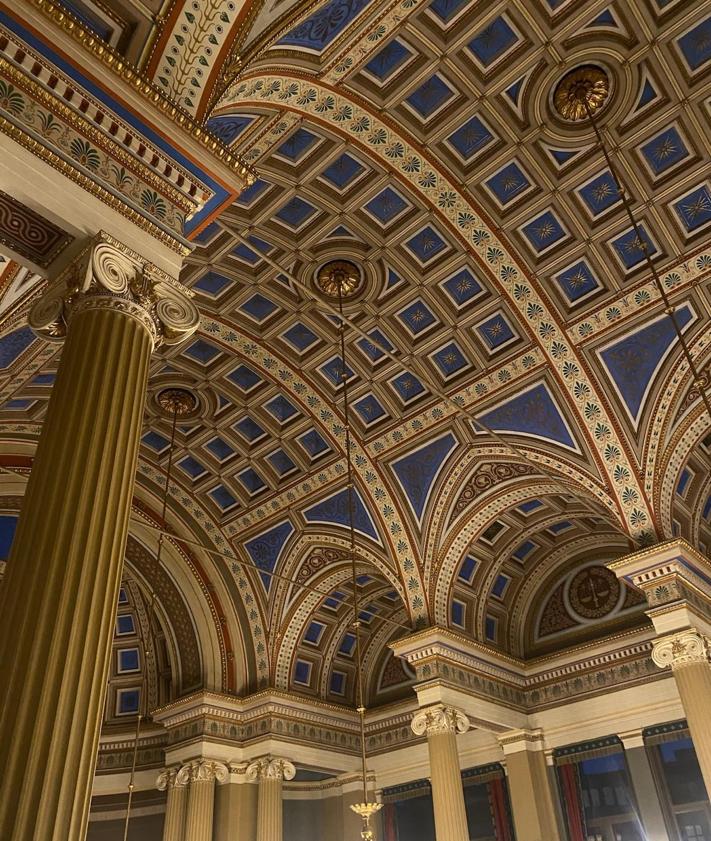
Lund has no shortage of beautiful university buildings - but the ivy-clad library feels particularly emblematic of its academic prestige. Across the path from the library is the Skissernas museum - this small exhibition space holds the world’s largest collection of sketches and models for public art. Its focus is Swedish artists but it also exhibits a range of Mexican art - featuring Rivera and Siqueiros.
Soak up Swedish social ritual ‘fika’ at Broder Jakobs or Mannz Bageri in the town centre. Fika is a tradition of enjoying a relaxed coffee and a sweet treat mid-morning and mid-afternoon; a craze that originated from coffee bans throughout the 18th century. Other than cinnamon or cardamom buns (kanel- or kardemumma-bullar), the Swedes are known for their sweets. Lördagsgodis is a common cultural tradition where sweets are reserved for Saturdays, so pick-and-mix stations are stocked up for the weekend; ready for children (and adults) to get their treats.
This whistle-stop tour of southern Scandinavia provides a glimpse into their culture over three stunning cities. Of course the region is full of cultural offers in addition to the featured cities - but the ease of arriving at Copenhagen airport in under four hours from Malaga should be taken advantage of. Embrace the Scandi aesthetic complemented by intrinsically Nordic traditions in a weekend of exploration.
